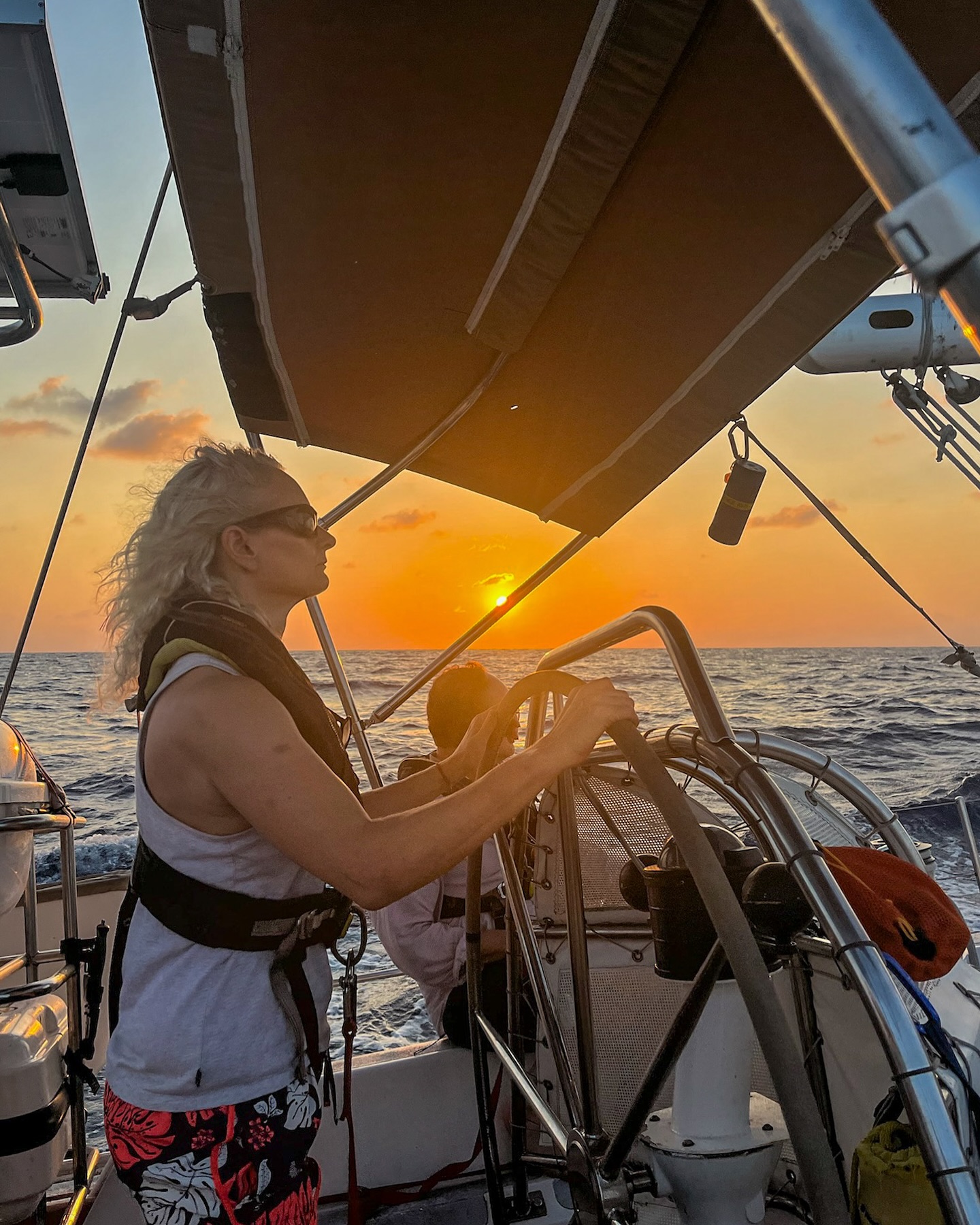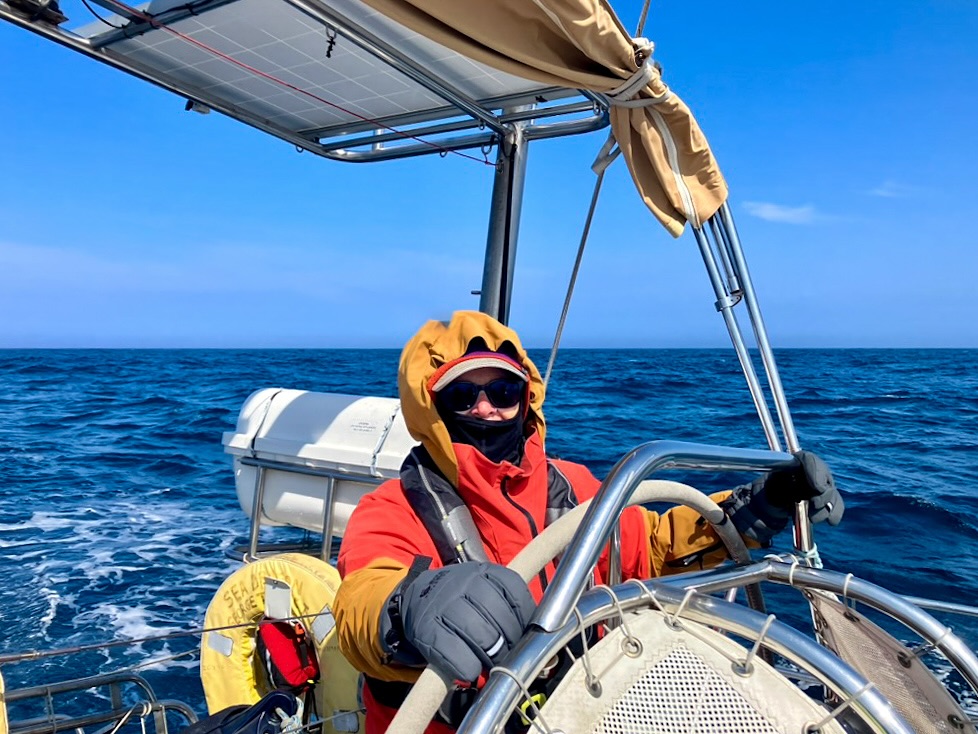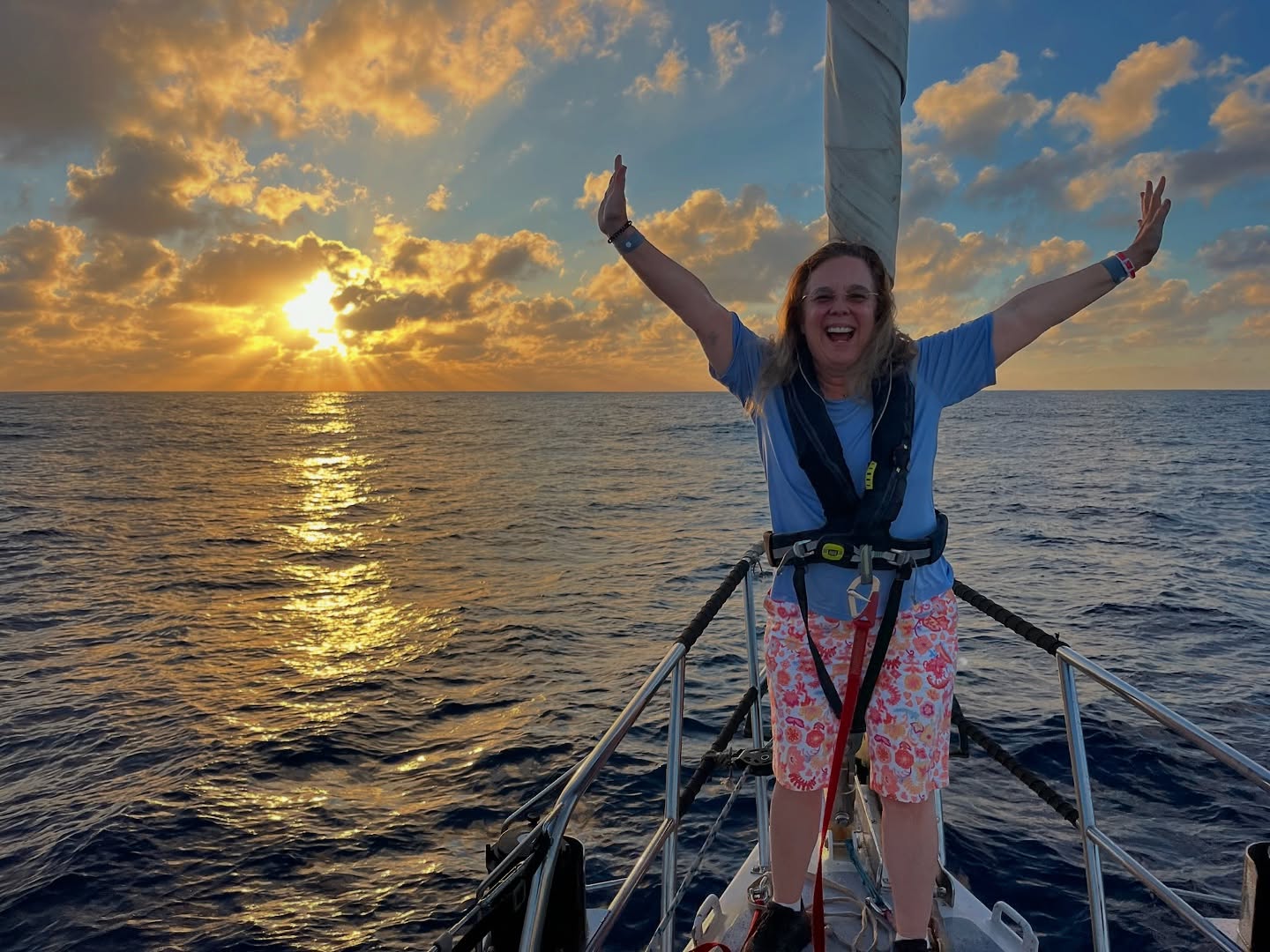I’ve been doing a lot of reading into ocean plastic pollution lately. One word keeps coming to mind. It’s this. Bonkers. Here is the situation, in sum, as I understand it. We take a fantastically precious resource – oil – and one whose use has very high consequences in terms of climate change. We turn a significant proportion of that precious resource – about 8% – into plastics of various kinds and shapes, in immense quantities. We use about 500 billion to 1 trillion plastic bags a year, for example, (that’s about a million bags a minute), and enough plastic film to shrink-wrap Texas. Of that plastic, an even more significant proportion is used once and then thrown away. The trouble is, of course, that there is no ‘away’. Enough plastic is thrown ‘away’ each year to go round the earth four times; and all the plastic that has ever been created still exists somewhere. A huge amount of it ends up in the oceans. There, it gradually degrades into smaller and smaller pieces. Larger pieces are mistaken for prey food by a wide variety of birds and other sea creatures and eaten or fed to youngsters. Dolphins, turtles, gannets, fulmars and many others get snared up in it. And the smaller the pieces become, the more creatures can potentially end up ingesting it, from whales to fish to plankton, throughout the ocean food web. There, it wreaks havoc in various ways, both to the individual creatures involved, and to ecosystems as a whole. Since all life depends on ocean life, this is a pretty critical issue…..
There’s more on this in a longer (short) article that I wrote for the Ecologist website: http://bit.ly/UYRxhC Meanwhile, back to the packing. I’m leaving tomorrow to travel south to Falmouth and join Pangaea Exploration’s yacht Sea Dragon for a voyage through the North Atlantic Gyre to the Azores and then Lanzarote. We’ll be exploring ocean plastic pollution and wider questions about human nature relations and consumerism. Why do we treat the ocean as a dump? And why do so many of us end up consuming so much more than we need? Above all, we’ll be trying to figure out what solutions to this issue might look like. Because, really, this IS bonkers. Come on humans, we can do better…….
– Dr. Kate Rawles, Mission Leader, Gyre to Gaia Expedition, September 15, 2014
Follow Sea Dragon’s progress by clicking on ‘Live Map’ here: https://www.panexplore.com
And stay connected to the expedition via social media by using the hashtag #GyreToGaia
























